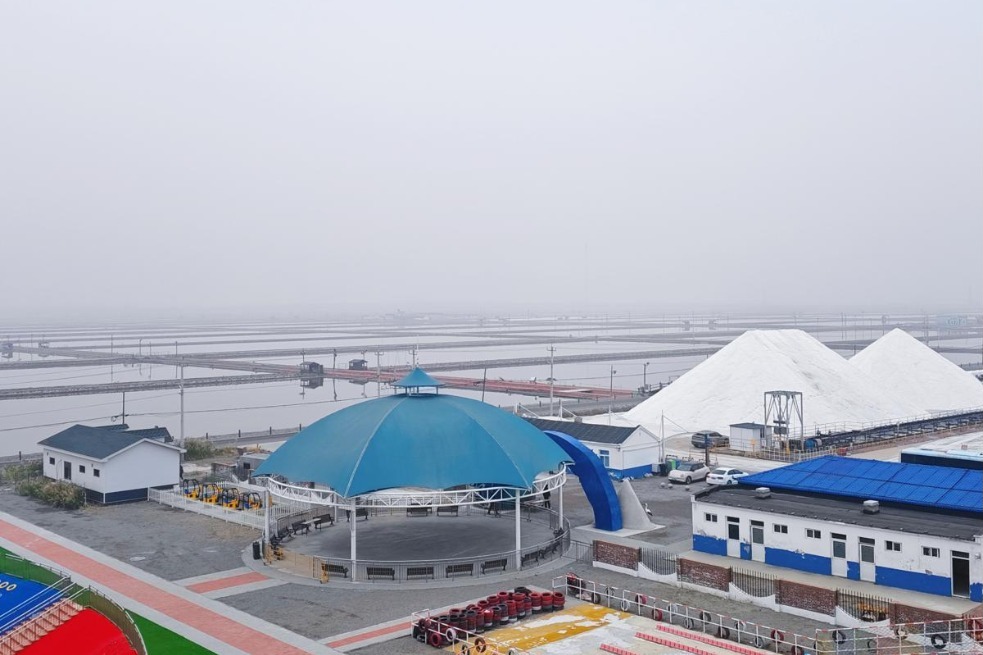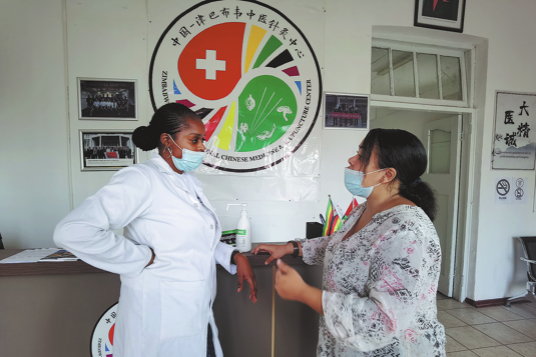Nasal spray 'mask' deters aerosol virus spread: Study

People who fear respiratory viruses but are reluctant to wear masks may have an easy alternative in the future, as Chinese scientists have developed a substance to be sprayed or inhaled to cover the nasal cavity that can form a "mask" to trap and kill various viruses that are inhaled in aerosol form.
In a research paper published last month in the journal Nature Communications, the team, led by Ma Guanghui and Wei Wei from the University of Chinese Academy of Sciences' Institute of Process Engineering, said that such an intranasal mask showed potential in reducing the likelihood of viral respiratory infections.
According to the team, the mask is a protective layer consisting of thermosensitive hydrogel with a positive electrical charge and an engineered vesicle with a viral receptor. After being inhaled or sprayed into the nasal cavity, the layer can last for about eight hours.
When meeting with aerosols containing viruses, the aerosol, usually negatively charged, is intercepted by and absorbed into the hydrogel as their opposite electrical charges are drawn together. The viruses in the aerosol are subsequently "lured "into the vesicles and then inactivated, protecting the epithelial cells in the nasal cavity from becoming infected.
The team first tested the substance, dubbed MV@GEL, on mice. Inspired by encouraging results, the team built a human nasal cavity model using three-dimensional printing, and found that the effectiveness of the system retaining viral aerosols in the nasal cavity — instead of allowing them to go further down the respiratory tract — was 93.2 percent.
The team later connected the system to a simulated lung to form a relatively complete model of an adult's respiratory tract, as well as the respiratory tract model of a child, and both showed effective protection.
This concept of an intranasal mask could meet the needs of those in the general population who cannot conveniently wear face masks, such as those with asthma, the team said, adding that it can cut the risk of infections by viruses such as SARS-CoV-2 — which causes COVID-19 — and H1N1 flu for at-risk individuals like doctors and nurses combined with the use of regular face masks.
The substance is still at an early development stage and its clinical value needs to be further evaluated, the team said.
- Senior Xi'an official facing probe by China's anti-corruption watchdogs
- Philippines risks creating trouble for itself: China's defense ministry
- Newborn with congenital heart disease receives life-saving surgery in Yunnan
- Hong Kong charity signs diplomatic talent deal with Beijing university
- Aircraft carrier Fujian, commissioned
- Erdos offers 10,000 yuan subsidy for families having third child



































